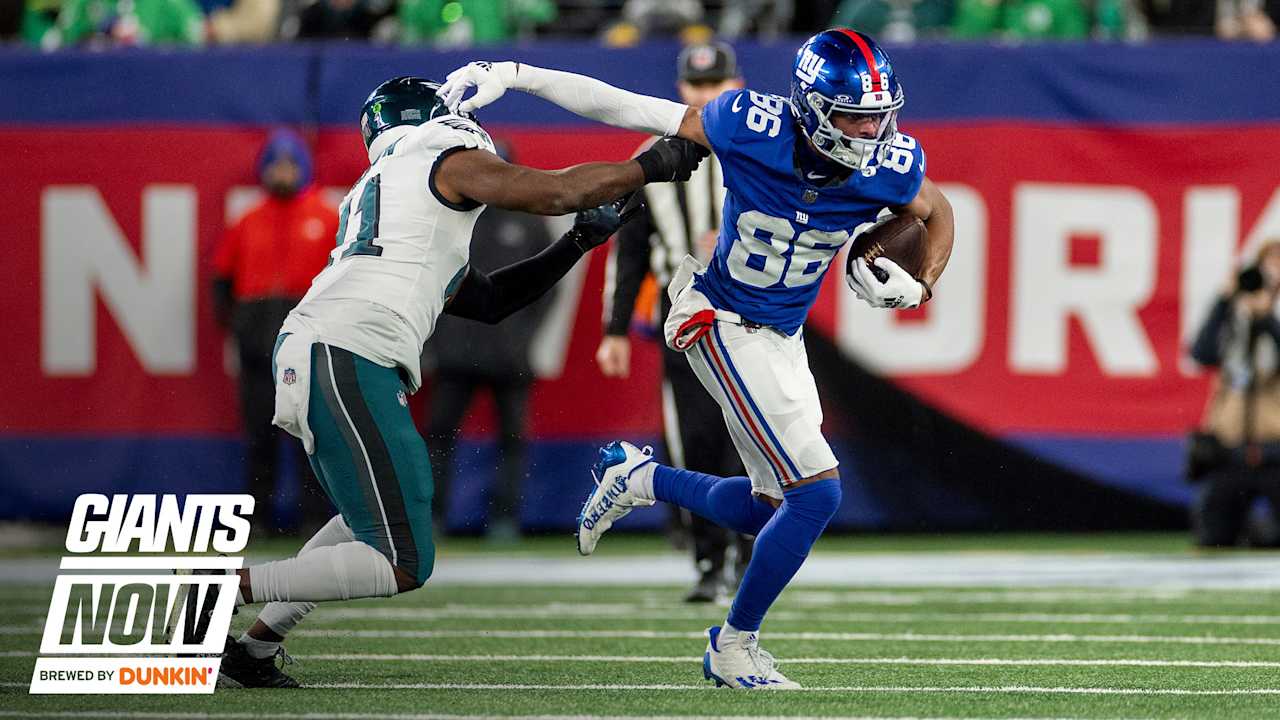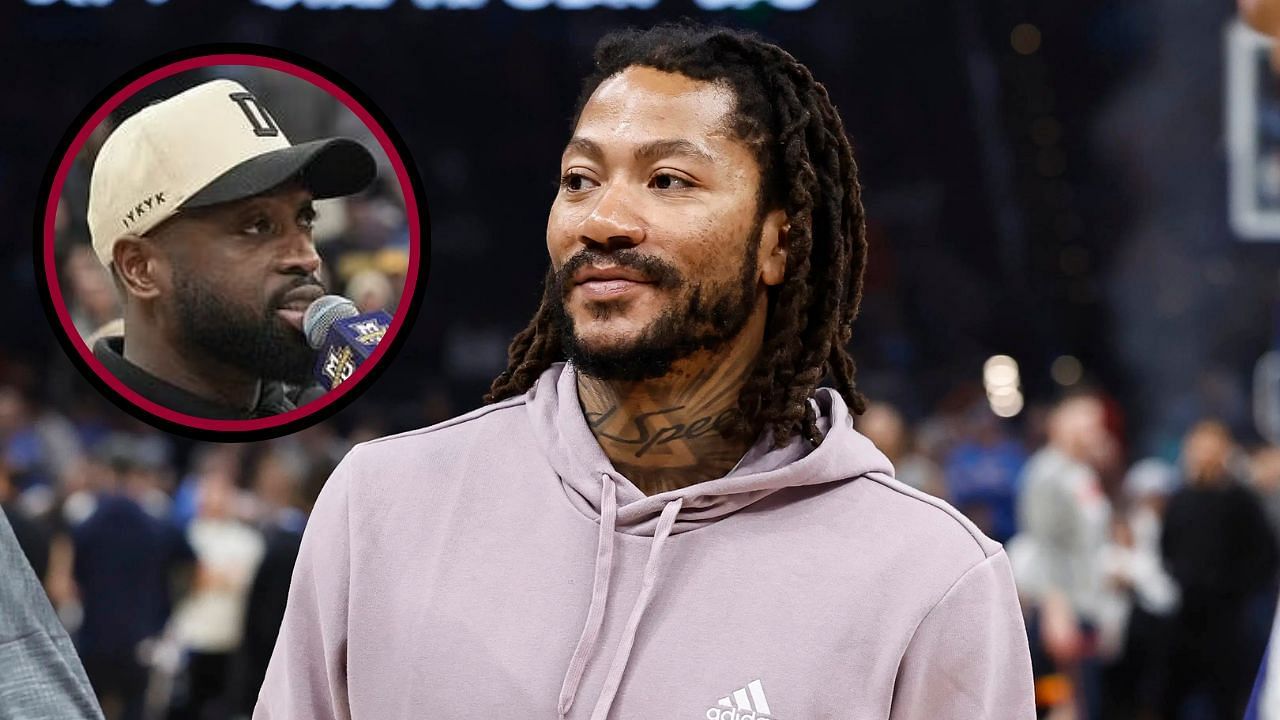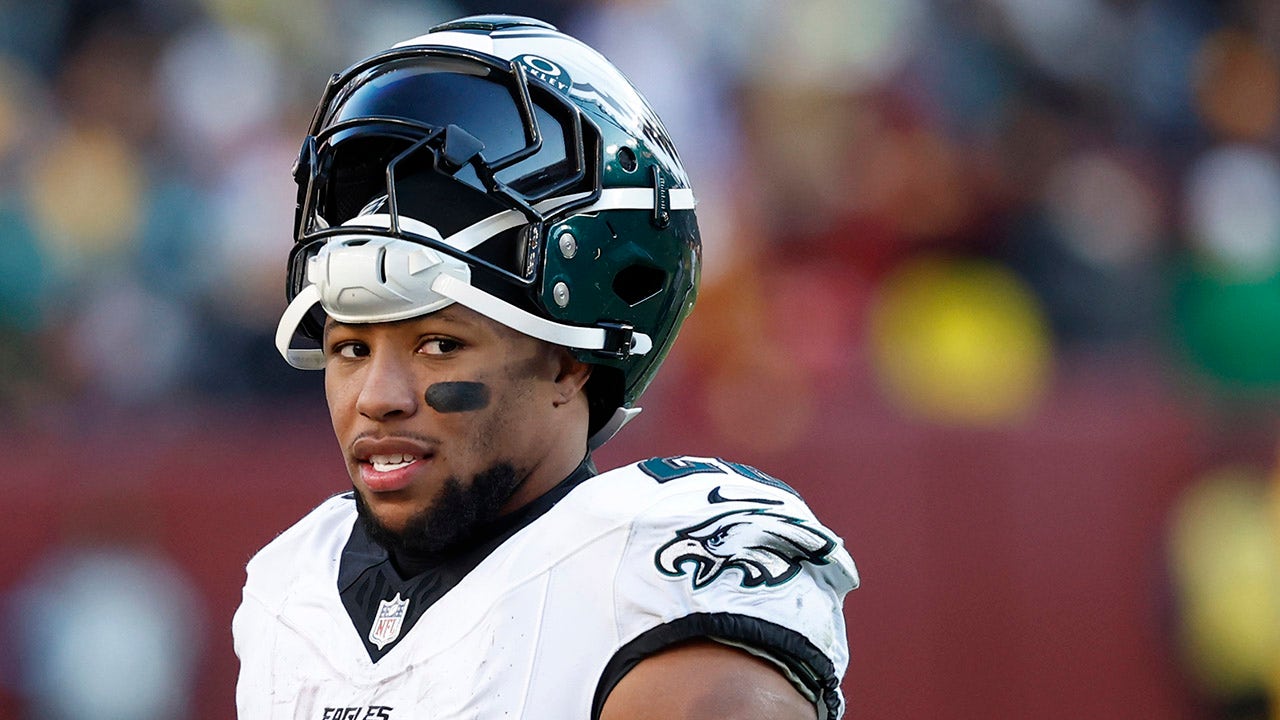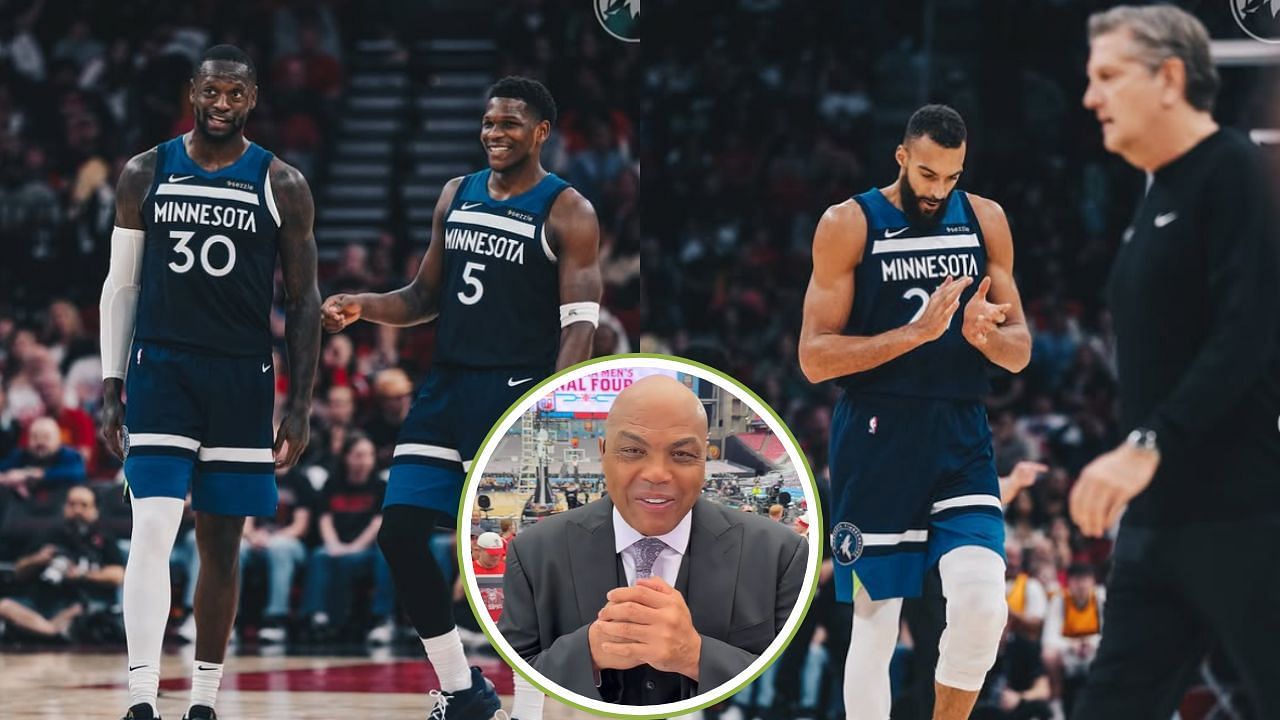Tennis
The Ex-Tennis Stars Grinding It Out on the Pickleball Tour
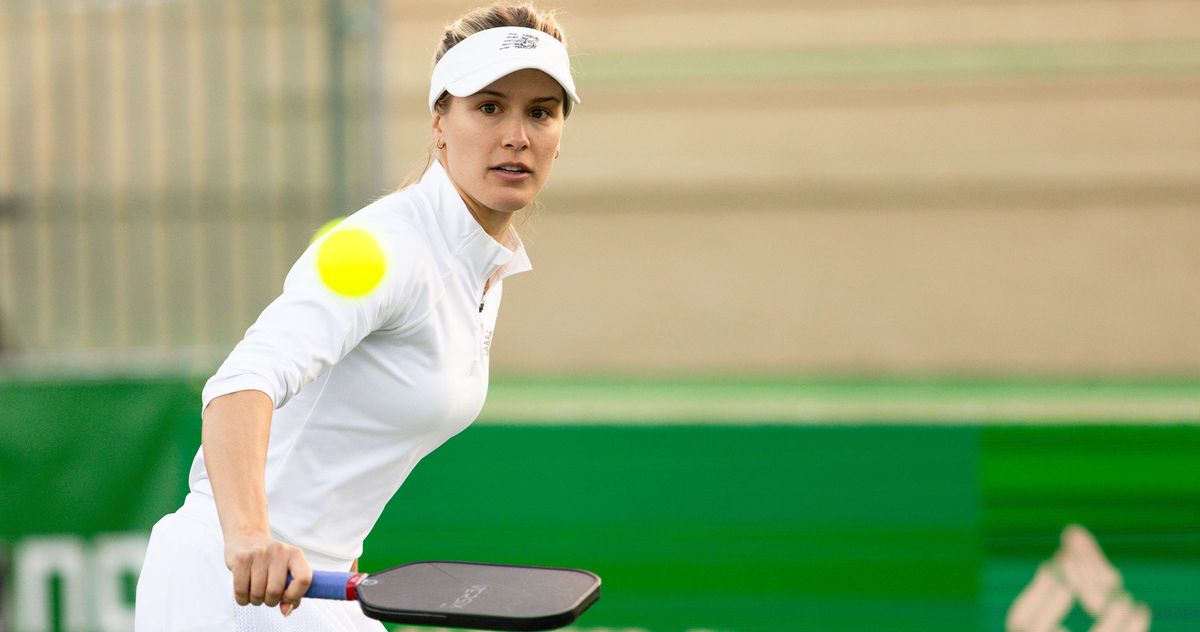
Genie Bouchard in Palm Springs in January 2024.
Photo: Mauricio Paiz/Alamy Stock Photo
If you were one of the estimated 40 million people who picked up a pickleball paddle in the United States in 2024 and wanted to catch a little inspiration by watching its top athletes dink their way to glory, you might have ventured to Dallas, Texas, to attend the Lapiplasty® Pickleball World Championships with 55,000 other fans during the week of the US presidential election. For something slightly scrappier, you could have jaunted over to Grand Rapids, Michigan over the summer to witness the Major League Pickleball by Margaritaville’s (MLP) Advil Targeted Relief Mid-Season Tournament. Or perhaps you simply tuned in to Pickleballtv, the 24-hour television network dedicated expressly to the cause.
Whatever your selection, you likely would have encountered a peculiar but now-common phenomenon: former world-best professional tennis players, making not-always-successful efforts to keep up with pickleball’s finest.
For ex-tennis pros, the allure of this still-rapidly-growing game is understandable. Unlike virtually every other professional sport, a spot in pickleball’s upper echelon doesn’t seem to require having devoted one’s entire childhood to it. By contrast, most young tennis players — even if they defy the odds and make it to the pro tour –– toil away tirelessly and in relative obscurity, living the life and earning the paycheck of middle-class journeymen, perennially a few break points shy of real success. The sport is about as gentle on the body as a meat grinder, and the average retirement age is roughly 27.
Professional pickleball is mostly free of these constraints. It is a world in which former college lacrosse players and full-time bank managers can work their way into the top 30, even after they turn 30. This sort of thing happened in the NFL once, and another time in Major League Baseball, and both incidents were so extraordinary that they were turned into movies, starring Mark Wahlberg and Dennis Quaid, respectively. It has never happened in tennis. It happens all the time in pickleball.
And yet somehow, possessing supreme talent in pickleball’s closest sports relative only goes so far in pickleball itself. This lesson has revealed itself in the arc of Eugenia “Genie” Bouchard, a one-time world No. 5 in tennis who has spent the past year trying to reinvent herself as a pro pickleball queen. In March, I traveled to Austin, Texas, to attend the Veolia Austin Open in the hilly outskirts of Lakeway, to see for myself up close what a Grand Slam finalist––one who earned nearly $7 million in prize money during her tennis peak––looks like on the pickleball court.
“I lost,” Bouchard said, matter of factly, when we met up to speak on the second day of the tournament in the athletes’ tent. At that point, it was two months into her tenure on the PPA tour and she’d yet to win a match.
“The number one thing I would tell people about the sport––because everyone assumes there’s an automatic transition from tennis to pickleball––is that it’s completely different,” she said.
It is. Bouchard played her first-ever pickleball tournament in Palm Springs, California in early January, and lost all three of her matches on day one of the competition, each of them decisively. Reviewing the highlights, it’s clear that her form didn’t quite fit the mechanics of the new game, at least to start. Pickleball is more condensed than tennis, both in the size of its court and in the reaction times needed to compete at its highest levels. What makes those who are exceptional at it are reflexes that function at warp speed in tight corners. In her debut, Bouchard’s footwork, her general timing and deployment of topspin all loomed too large for the space, a dynamic familiar to any tennis player who dusts off a table tennis paddle for the first time in a while.
Bouchard’s inaugural ride with the PPA has been quieter than the rocketship she boarded in 2014, when her early adulthood was unfolding alongside the best season of her professional tennis career. That January, she was a still-teenage semifinalist at the Australian Open. Come spring, she won her first WTA singles title at a French Open tune-up event, and promptly cruised into another Grand Slam semifinal at Roland Garros a few weeks later. By July, Bouchard was back on Centre Court for the championship match against Czech’s Petra Kvitová, having whipped her way through the grass tournament without dropping a set. In the end, she fell to Kvitová, but was still the first Canadian, man or woman, to reach a Grand Slam final—and shortly thereafter, the first Canadian singles player to rank in the world top five.
But tennis is mostly full of narratives that begin on hype and end in heartbreak, andBouchard didn’t follow her early buzzy run with more appearances in slam finals. One tournament’s lackluster performance preceded another and months became years of losses and injuries and setbacks. By the time she announced she was going to play professional pickleball, in September of 2023, Bouchard’s tennis career was mostly referred to in the past tense, even though she hasn’t formally retired.
Bouchard’s friend, 37-year-old Sam Querrey, hasn’t experienced a seamless tennis-to-pickleball segue, either. The 6’6”, former world No. 11 Querrey was actually mid-match when I arrived in Texas, sweating profusely during a mixed doubles PPA event. Querrey retired from tennis in 2022, after a first-round loss at the US Open, and that October announced the beginning of his pickleball era. In an interview with The Kitchen, a pickleball community, he asserted that top tennis players could easily scale the ranks of pickleball, but that pickleball players could not do the same in tennis. The comment ruffled a few pickled feathers, especially once it became clear that Querrey wasn’t zooming right to the top. In modern tennis, height can be a significant advantage. Querrey’s tennis game, like his size, is big, but pickleball is about small, compact movements. It was Querrey’s forehand, not his backhand volley, that was a hallmark of his time in the ATP––but according to Querrey, the latter is more the kind of shot that makes for a strong pickle game. Earlier this year, Querrey did make it to No. 62 in his new sport’s rankings, but has since dropped to No. 111 after a ruptured achilles kept him off the court. Still, he has no regrets about his tennis exit. “I miss certain tournaments,” he said on the phone, a few weeks after the Austin Open. “I miss Wimbledon, I miss Indian Wells, but I don’t miss the tour. I don’t miss the traveling. I’m super happy at home, and I’ve really enjoyed jumping into something new, starting from scratch and seeing what happens.” Bouchard shared a similar point of view on the appeal of beginner’s mind in pickleball. Getting to work her way through smaller tournaments reminds her of the grind of her early tennis days.
Former tennis prodigy Donald Young, now 35, also spent his 2024 navigating the pro pickleball circuit. He officially retired from tennis at the US Open in September, following a sensational mixed doubles run with fellow South Side Chicago native Taylor Townsend. But prior to his reemergence in Flushing, Young had never quite recaptured the flame of his adolescent success. (One of tennis’ cruelest realities is that success as a junior does not foretell the trajectory of an adult career –– Young was the youngest-ever world No. 1 junior player, but only rose as high as 38 on the pro tour.) Like Bouchard, most of Young’s initial months with the PPA involved finding his footing, but he’s now made his way to No. 24 in singles.
The exemplar of the tennis-to-pickleball pivot is Jack Sock. A former world No. 8 in men’s singles tennis and No. 2 in doubles, with four Grand Slams and an Olympic gold medal to his name, the 32-year-old Sock is currently ranked No. 10 in men’s singles pickleball. He’s been playing longer than Bouchard and Querrey, but the likelier secrets to Sock’s success are the same elements that made him so deadly as a doubles tennis player –– speed, and an uncanny ability to flick short balls at angles that shouldn’t exist. The best pickleball players in the world, however varied their paths to embark upon the pro pickleball road may be, have those skills in common.
Nearly all of the top players on the pickleball tour can also play a mean game of tennis, even if they never did so professionally. Most have years of play under their belt, and were hitting tennis groundstrokes long before they were delivering resets back into the kitchen. There is a unique creativity involved in translating one game into the other, and success seems to hinge on its practitioners mastering the soft-hands feel of how pickleball is played.
The No. 2 female player, 32-year-old Brooke Buckner, turned pro in 2020 after the birth of her son, and was an assistant tennis coach at UNC Charlotte beforehand. The No. 3, Lea Jansen, also 32, turned pro just a couple of years ago, after her friend, the pro Tyson McGuffin, a former ATP top 1500 who became a private tennis coach, convinced her to pick up a paddle. A good number of pros played Division I tennis in college, but most Division I players never crack the top 100, or top 1,000, in men or women’s tennis. PPA athlete Eric Roddy, now 30, whom Bouchard was playing mixed doubles with when she won her first match in April, was a Division III college tennis player and spent nearly a decade after graduation working, coaching tennis, and earning an MBA before courting pickleball as a serious endeavor. (There was even some brief dabbling in padel.) He is currently ranked 21 in singles, and still has a full-time job. Bouchard skipped college and, at age 20, was already on Centre Court in the Wimbledon finals.
The spate of semi-boldfaced tennis players on the pickleball tour speaks to a fundamental tension between the two sports. Pickleball was never intended to mirror the vibe of its older, more sophisticated racquet sport cousin. It is raucous, rowdy, and capable of being played while drinking beer. The lingering question, on the professional end of the spectrum, is whether it will develop into a serious business. PPA sponsors include non-household names like Lapiplasty® 3D Bunion Correction®, Vizzy Hard Seltzer, Deep Eddy Vodka, but in a more corporate and promising turn, Humana, the fourth-largest health insurer in the United States, has signed up, too. In 2024, sponsorship revenue was up fifty-percent. The cadre of contracted professional players generated some $30 million in collective income. The actor Jake Johnson is set to star in a Ben Stiller-helmed production of pickleball’s first themed movie.
And for all the kerfuffle that’s erupted over pickleball’s supposed encroachment onto tennis – –court space, noise levels – –the world’s biggest tennis tournaments keep trodding out pickleball events ahead of their run, dangling a chance to see tennis stars with pickleball paddles like some kind of racquet-infused aperitif. The week before this year’s US Open, the Lotte New York Palace hotel hosted a kickoff cocktail hour turned pickleball fête, brought to you, naturally, by the best in tennis. Carlos Alcaraz, Taylor Fritz, and Caroline Wozniacki made fleeting appearances. Rafael Nadal had been on the docket, but withdrew once his chronic injuries forced him to pull out of the US Open.
Conversely, while pro pickleball has welcomed tennis players into its ranks as a mark of credibility, it is unclear whether this type of import will remain a perennial strategy. Querrey thinks the gold rush has ended. “I still have some people asking me, ‘How do I get into it?’ I’m like, you’re three years late to the party.” But even if the excitement wears off, the appeal of the pickleball life to a former tennis player will probably stick around. There is the money (necessary, when retiring with several decades left of life to fund), and there is the familiarity––the same habits of training, competing, recovery and camaraderie that fuel tennis are also inherent to pickleball.
It is possible to get hurt playing it, but not to the extent to which tennis takes its pound of flesh. “It’s a constant physical battle for everyone,” said Bouchard. “We’ve been on the court for hours a day since we’re five years old; that’s not normal to put a human body through that. But we do it for what we love and the dream and the glory and all that. It’s a sacrifice. But, I don’t know. You watch Andre Agassi walk these days, it looks like his back hurts.”
In the course of writing this piece, I did get a chance to watch Andre Agassi walk. It looked like his back hurt. We met briefly in May, a couple months after I’d spoken to Bouchard. He had just been anointed the inaugural chair of Life Time Fitness’s pickleball and tennis board, and was in town to commemorate the addition of 36,000 square-feet of indoor pickleball court space to one of the gym chain’s Manhattan locations.
Agassi loves pickleball, and yet is under no illusions about the difference between the sport he mastered –– redefined, really –– and the one his back still lets him play. “Say you’re a tennis weekend warrior, and we have a match set up to play doubles,” he said. “I come up to you and tell you I can’t make it because I’ve got tickets to see Nadal and Alcaraz playing an exhibition match down the street. You would absolutely say, ‘Forget our doubles match, let’s go watch them.’ But if it was pickleball, and you were getting ready for your usual weekend warrior stuff, and I said, ‘Hey guys, here’s tickets to watch the best pickleball in the world down the street, it’s like––’Oh, no thanks, I want to play myself.’ That’s the difference. I think the sport’s going to grow in its ways of making it more interesting for people to watch, but right now, within minutes of watching it, [it] just makes me want to go out and play.”
Pickleball’s long-term viability relies on sustained organic interest. (It also, to Agassi’s point about watchability, needs to be filmed for television in a more captivating way.) A ringing endorsement from tennis’ past and present has helped, but the cultivation of native pickleball players, and a clearer understanding of the work that gets put in when one takes it seriously, will pave its future. Ben Johns, the 25-year-old male No. 2 was at the Life Time event with Agassi, and I was granted a few minutes on an oversized couch to speak with him. “[Pickleball] is not all sunshine and rainbows,” he said, smiling anyway. “I think a lot of people look at it as an enviable position, like, ‘You get to just play pickleball every day. That’s so fun.’ I’m very thankful for it––I do love it and it is really fun, but at the same time, I wouldn’t recommend this life to many people, because it’s also very hard. I do things that suck all the time in order to be the best that I can. Not everyone wants to do that.” The monotony of his day-to-day life is paying off. In 2024, Johns brought home $2.5 million.
In October, ten months into her arrival onto the pro tour, Bouchard made it to the semifinals of a pickleball tournament for the first time. She lost the match, in three games over nearly an hour, to the No. 9 American pro Kate Fahey (and former WTA top 500), but she had come a long way from her January performance in Palm Springs, and was over the moon about her progress.
Bouchard is still under .500 for the year, but ranks No. 19 in the world. This kind of math would be unthinkable in tennis. For perspective, the WTA’s current No. 19, Donna Vekic, is 32-20 in singles this year, with a career 369–277 record behind that ranking. Bouchard’s climb into the top 20 is impressive, but there are around 130 touring pros in the PPA; there are more than ten times that number competing for the WTA and ATP each. So while Bouchard may not single handedly vault pickleball to its next iteration, the game has undoubtedly been kind to her and her ex-tennis ilk.
Come February, she and Andy Roddick, 2003 US Open men’s champion turned pickleball devotee, will play Agassi and Steffi Graff, the 22-time Grand Slam champion to whom Agassi is married, at the Pickleball Slam 3 in Las Vegas. Nearly a million viewers tuned in to watch the 2024 edition. The numbers are expected to be bigger this time around, and so is the enthusiasm for watching legacy household names play a sport that just might produce some of its own one day.
See All



